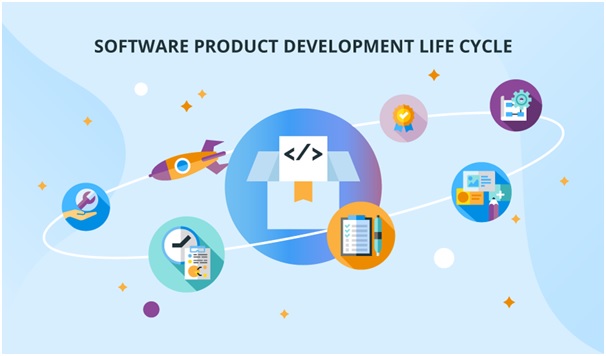Any developer of a software product must have a good understanding and understanding of the stages of the software life cycle. In this article, you will learn about What are the 5 stages of product life cycle.
The life cycle of a software product is a continuous process, starting from the moment of making a decision to create software and ending at the moment of its complete retirement.
Stages of the life cycle of a software product
- Requirements analysis
This stage is one of the most important in product development life cycle, since it determines the success of the entire project. At this stage, the goals and objectives of the project are formed, the scope of application of the software is established and boundary conditions are determined, basic entities and relationships between them are highlighted.
The terms and cost of software development are determined, the terms of reference for software development are formed and signed.
Marketing and software product specification are intended to study the requirements for the created software product, namely:
- determination of the composition and purpose of functions for processing data of the software product;
- the establishment of user requirements for the nature of interaction with the software product, the type of user interface (menu system, use of the mouse manipulator, types of prompts, types of screen documents, etc.);
- requirements for a set of hardware and software for the operation of a software product, etc.
At this stage, it is necessary to carry out a formalized statement of the problem.
- Design stage
Design includes the definition of the architecture of a software system, its functions, external conditions of operation, interfaces and distribution of functions between users and the system, requirements for software and information components. The design of the system is carried out based on the results of the formation of requirements.
A functional software specification is developed, a system architecture is selected, the most suitable DBMS is determined, data storage structures are designed, hardware requirements are negotiated, a set of organizational measures that are necessary for software implementation is determined, as well as a list of documents regulating its use.
- Coding (programming)
At this stage, prototypes of both the whole software system and its parts are built, the physical implementation of data structures is carried out, program codes are developed, debug testing is performed, and technical documentation is created. As a result of the coding step, a working version of the product appears.
For large and complex software systems with a developed modular structure of construction, individual work of this stage can be performed in parallel, thus reducing the total time for developing a software product. An important role is played by the tools used in this for programming and debugging programs, since they affect the labor intensity of work, their cost, and the quality of the programs created.
- Testing and debugging
Software testing is closely related to the design and implementation stages. Special mechanisms are built into the system, which make it possible to test the software for compliance with the requirements for it, check the design and the availability of the necessary documentation package.
The result of testing is the elimination of all the shortcomings of the software product and a conclusion about its quality.
To ensure the software works adequately, in-depth software performance testing is done to correct all potential bugs and issues.
- Operation and maintenance
The commissioning of the software provides for the installation of the software system, user training, and documentation. Support for the functioning of the software should be carried out by the developer’s technical support group.
Maintenance is the process of adapting the supplied software to new conditions, making changes to the software and related documentation caused by problems or modification needs while keeping its main functions unchanged.
Decommissioning of software is carried out as a result of its moral, replacement of more advanced products or for other objective or subjective reasons.



















